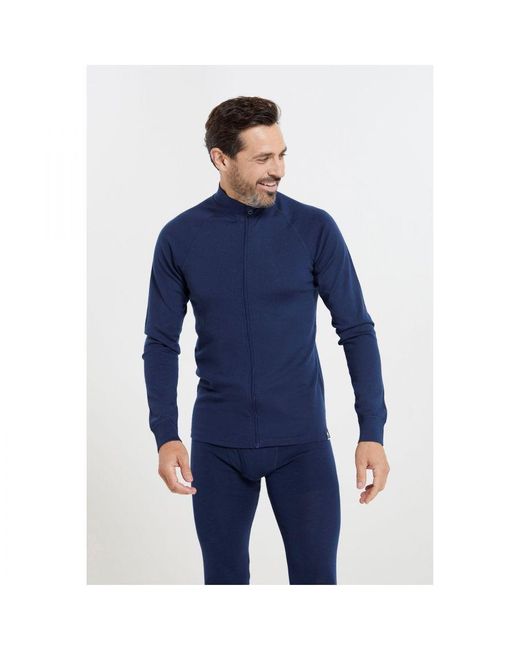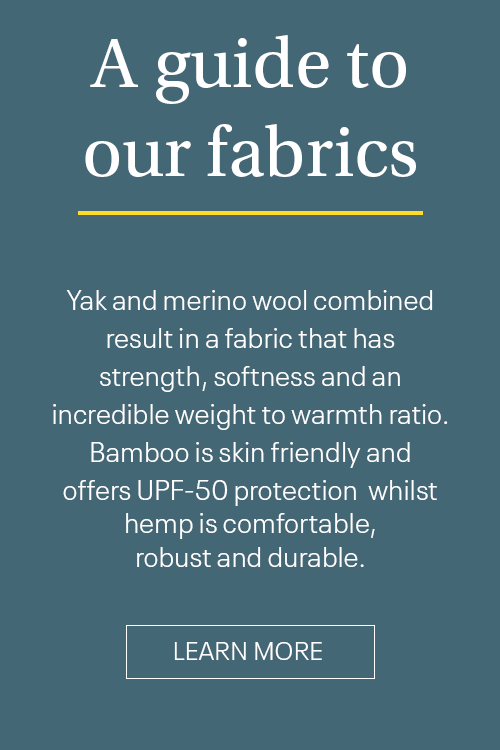Good Ideas On Deciding On Bamboo Clothing
Wiki Article
What Makes Yak Merino A Good Base Layer For Winter Sportswear?
The natural fibers and environmental sustainable nature of Yak Merino Wool Base Layers makes the perfect choice for winter sports clothing.
Both yak wool and merino fleece are made of natural fibers that come from animals. These are renewable resources that can be harvested sustainably, without harming animals. These fibers can be biodegradable and not cause harm to the ecosystem.
Low Environmental Impact
The production of natural fibers generally has a lower environmental impact than synthetic materials. Wool is manufactured using fewer chemicals than synthetic fibers and requires less non-renewable energy.
Energy Efficiency
The manufacturing of synthetic fibres such as polyester or nylon takes more energy. The process of making natural wool uses less energy and lowers carbon emissions.
Minimized Microplastic Pollution
Wool fibers have less impact on microplastic contamination in the water as compared to synthetic fibers. Synthetic fibers shed microplastics while being washed.
Longevity of the product and its Recyclability
Yak merino garments are durable and last for many years, and are extremely durable. Wool fibers can also be recycled or repurposed which reduces the amount of waste and impact on the environment.
Sustainable Practices
Some wool producers and manufacturers adhere to sustainable and ethical practices, which ensure the welfare of animals as well as responsible land management and fair labor conditions for the workers in the production chain.
Environmental Certification-
The Responsible Wool Standard or Global Organic Textile Standard are certificates that prove ethical and environmentally conscious practices in the wool production industry. They provide consumers with assurances of sustainable practices.
Overall, yak merino base layers are in line with sustainability in the environmental sense because they are derived from renewable and natural sources, having the least environmental impact in production and, often, incorporating ethical and sustainable practices in the supply chain. Choosing natural fibers like yak merino wool for winter sport clothing supports sustainable and environmentally-friendly consumption practices. Read the top advice about merino wool base layers for blog recommendations including smartwool 1 4 zip, terramar merino woolskins, smartwool merino 250 base layer, smartwool 250 women's, wool undershirt women's, best merino base layer, smartwool long underwear, smartwool 250 base layer bottoms, smartwool men's classic thermal merino base layer crew, smartwool merino 250 base layer and more.

What Are The Advantages Of Bamboo Clothing In Terms Of Softness As Well As Antibacterial Properties As Well As Durability And Renewable?
Bamboo clothing comes with many benefits in terms of the softness, antibacterial properties, durability, and renewability- It is soft-
Luxurious Feel- Bamboo fabric is renowned for its soft and silky texture, often compared to expensive materials such as cashmere or silk. It feels soft, smooth and comfortable against your body.
Antibacterial Properties
Bamboo contains an organic antimicrobial called "bamboo Kun." This ingredient helps to prevent the growth of odor-causing fungi or bacteria.
Durability-
Strongness- Bamboo fibers are durable and strong despite their softness. Bamboo clothing is resistant to regular wear, which makes it ideal for a variety of activities without compromising quality.
Renewability-
Rapid Growth- Bamboo develops rapidly and is able to grow without the need for pesticides. It is able to mature in a few years, making it accessible for sustainable harvesting and reduces the environmental impact of cultivation.
Sustainability-
The cultivation and processing typically have lower environmental impacts than the production of synthetic material. Bamboo's rapid growth rate, low need for water and its capacity to grow in different climates contribute to its sustainability.
Biodegradability-
Natural breakdown- Bamboo clothing is naturally decomposed when it reaches the point of no return in its life. This quality minimizes environmental pollution and reduces landfill accumulation.
Hypoallergenic Qualities
The less irritation Bamboo fabrics tend to be less prone to allergic reactions and skin irritation as compared to other synthetic materials. This makes it the perfect choice for skin with sensitive issues.
Bamboo clothing has many appealing features, such as softness antibacterial properties, durability renewalability, sustainability and the comfort. These attributes make for a pleasant experience in wearing the clothes while being in line with ecological principles. Have a look at the most popular bamboo clothing hints for blog advice including bamboo jacket, short bamboo, bamboo undergarments, bamboo exercise clothing, bamboo jeans brand, yala pajamas, bamboo family pajamas, bamboo brand jeans, bamboo sports clothing, men bamboo boxer shorts and more.

What Is The Way That Bamboo And Merino Clothing Compare To Wool In Terms Of The Texture, Warmth, And Absorption?
In comparing merino wool, bamboo clothing, and traditional wool, we can compare them in terms of warmth, texture, and moisture absorption- Texture-
Merino Wool Merino Wool has finer fibers and is softer than traditional wool. It is often regarded as more comfortable against the skin.
Bamboo Clothing Bamboo fabric is soft and silky. It's often compared to luxury materials like silk or Cashmere. The soft and delicate texture makes it comfortable.
Traditional Wool – Traditional wool is available in various textures. Some may be coarser than others and cause itching, discomfort, or irritation when compared with clothing made of merino.
Warmth-
Merino Fiber Merino fiber is renowned for its exceptional insulation properties. It retains warmth even in damp conditions and provides effective insulation during colder weather.
Bamboo Clothing offers warmth but may not provide the same insulation as Merino wool. Bamboo clothing regulates body temperature and provides comfortable conditions for all kinds of weather.
Traditional Wool- Much like wool from sheep that is merino wool traditionally provides warmth and insulation. It can be heavier than clothing made of bamboo, merino or other types of fabrics.
Moisture Absorption-
Merino Wool- Merino wool is known for its exceptional properties for wicking moisture, bringing it away from skin and permitting it to evaporate. It is warm when it is damp.
Bamboo Clothing: Bamboo fabric also has the ability to wick moisture, drawing moisture away from the skin, and providing ease during physical activities. It is able to regulate humidity and keeps the wearer drier.
Wool isn't as water-wicking as bamboo or the merino. When wet, some types of wool might feel damp and heavy.
Merino is known as an extremely warm and soft material that has excellent moisture wicking properties. Bamboo clothing has a smooth texture and is warm, with good moisture regulation. The wool's texture is varied and utilized to give warmth as well as moisture absorption, and a soft feel. However, it can feel heavier and coarser when compared to merino clothes or bamboo clothing. Each fabric has its own characteristics to cater for different preferences in clothes. View the best learn more on merino winter clothing for site advice including best layers for skiing, long john merino, merino base layer womens, wool base layer mens, merino wool layers, smartwool 250 women's, omniwool base layer, merino base layer cycling, best long underwear for skiing, merino wool base layers and more.
